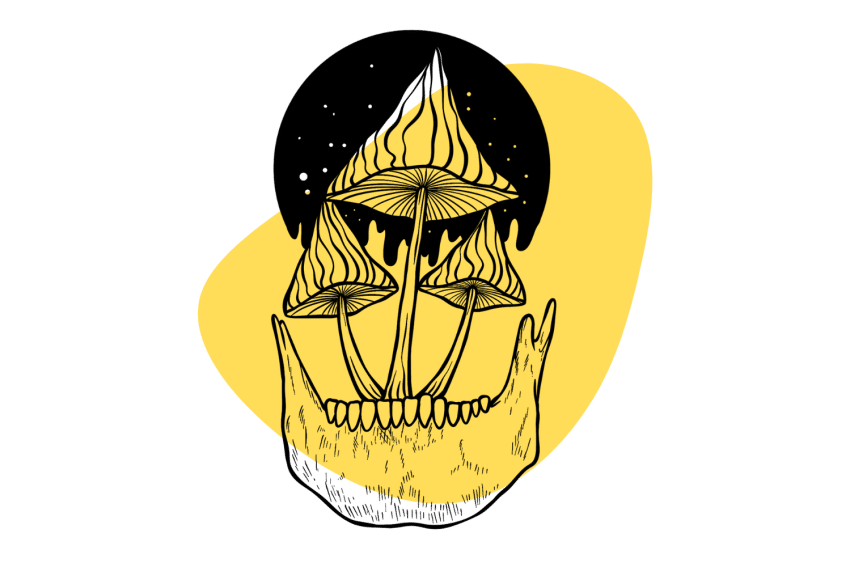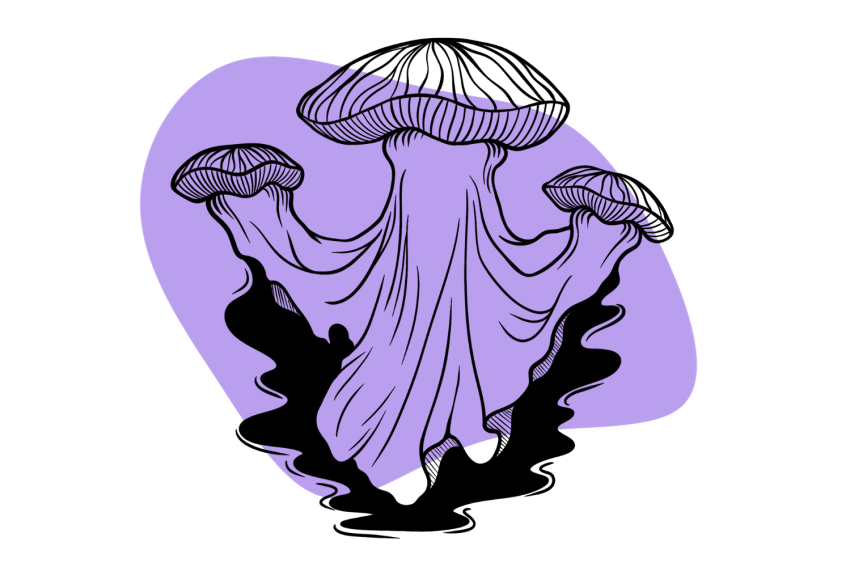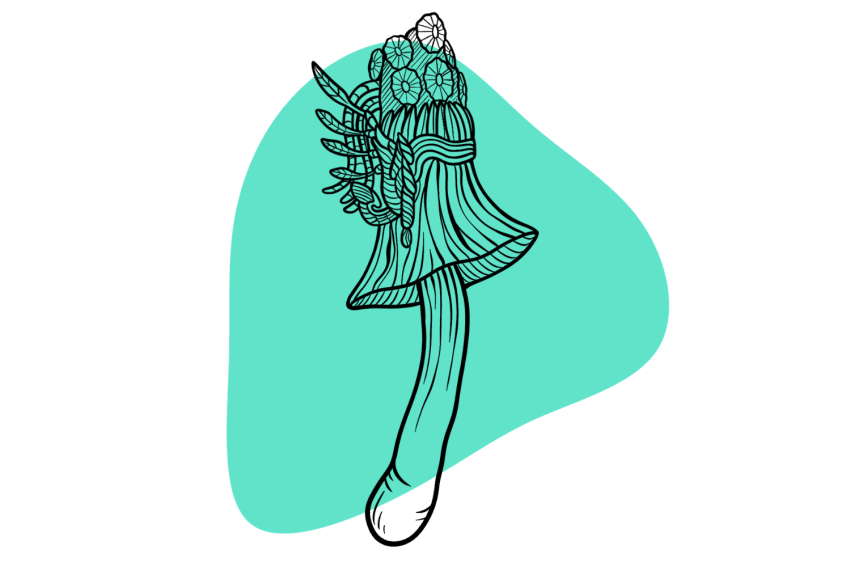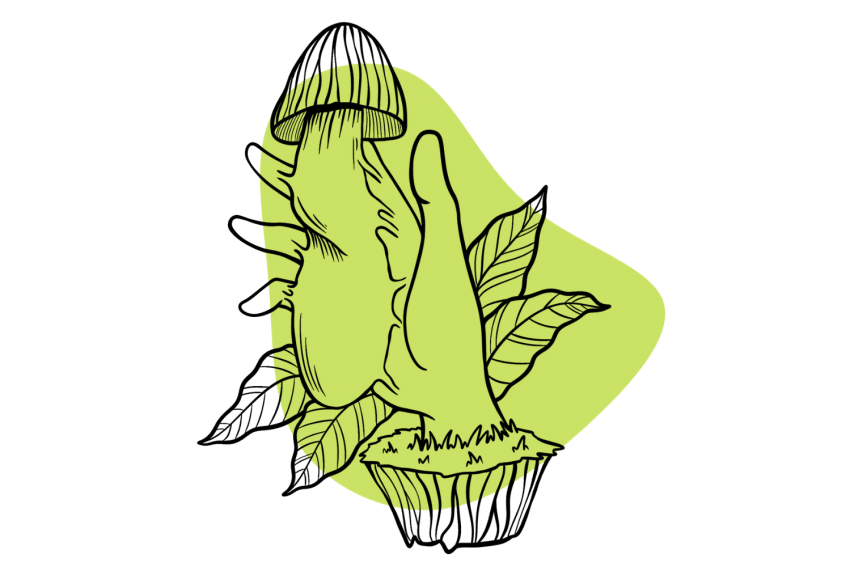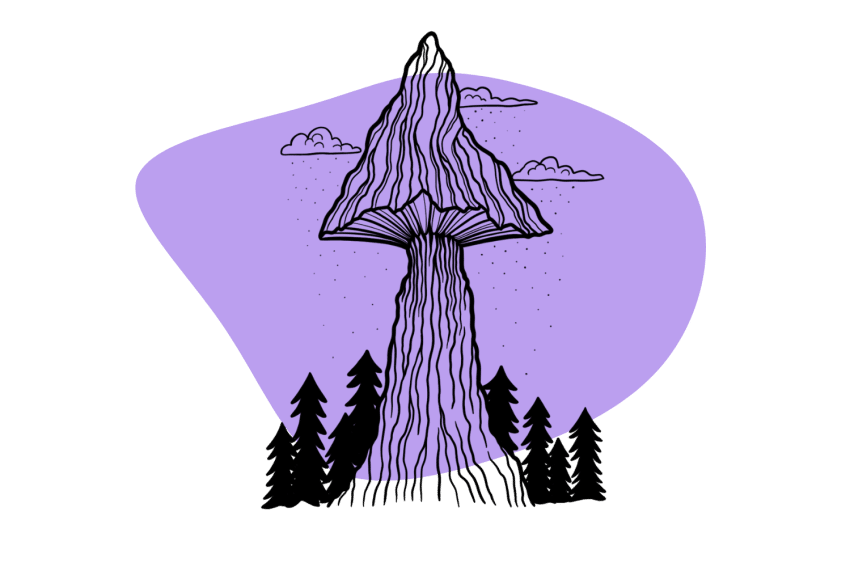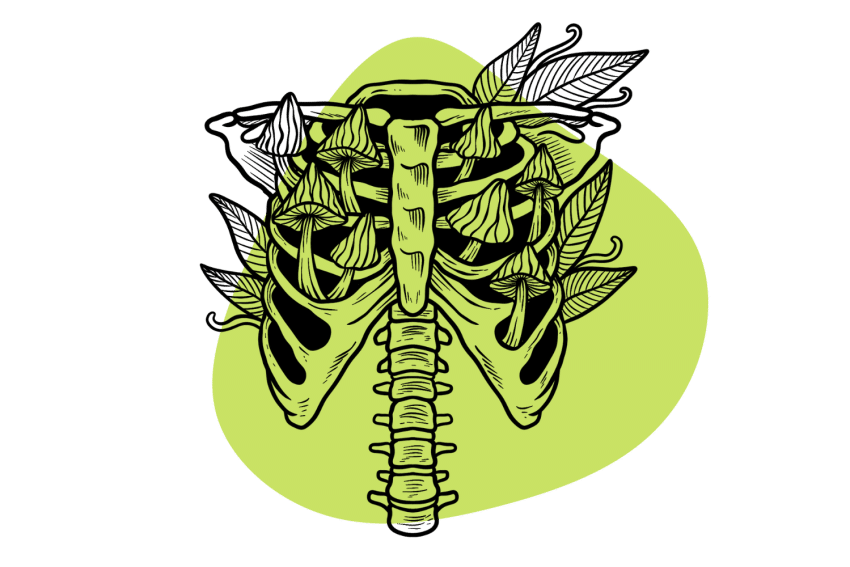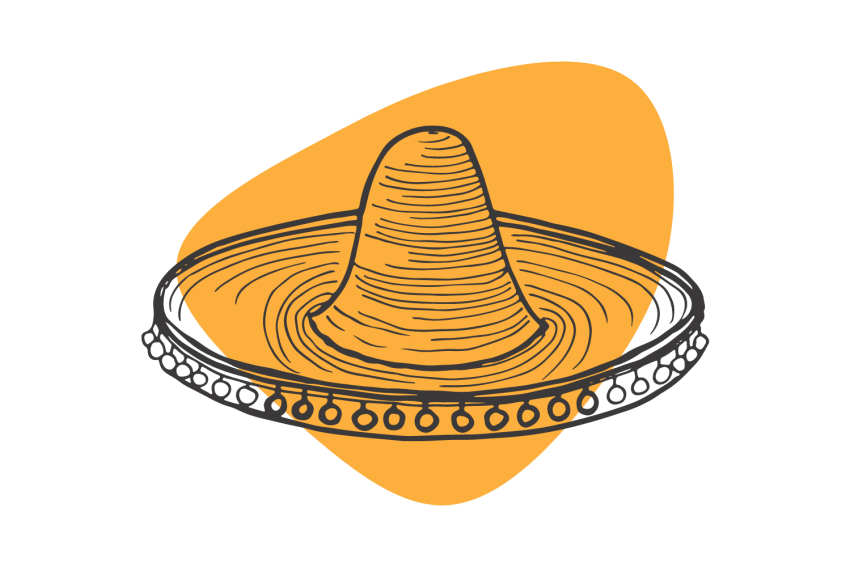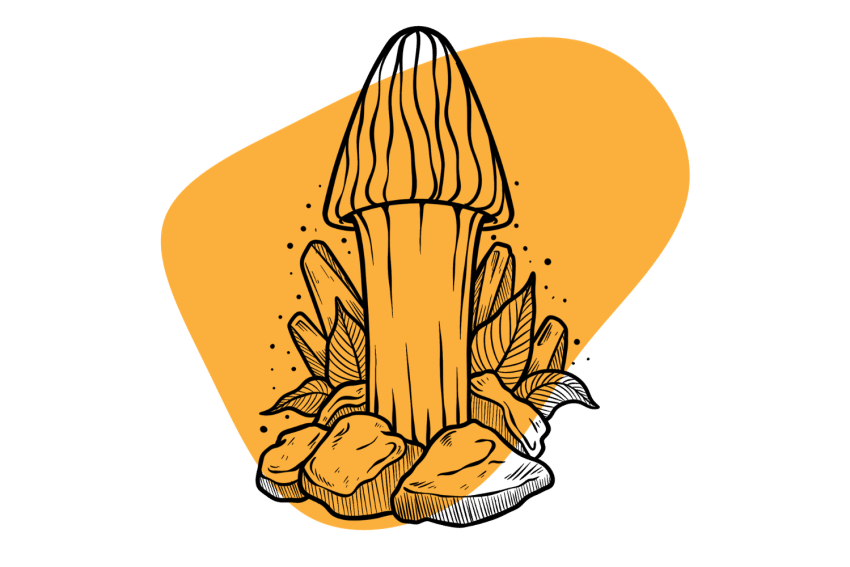The Corumba Strain: Everything You Need to Know About This Brazilian Cube
The Corumba strain is a Brazilian P.cubensis strain with much going for it. It’s fast to colonize, quick to fruit and can produce great yields of large mushrooms.
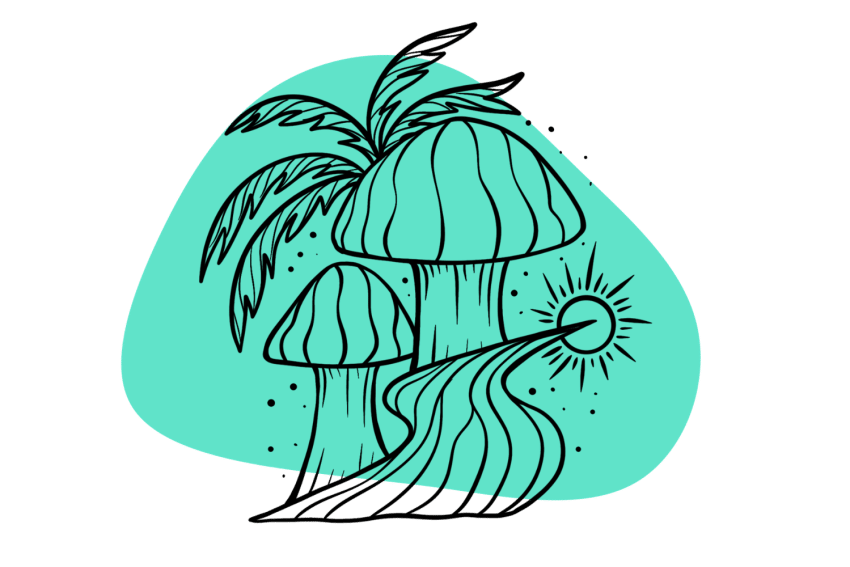
The Corumba strain is a Psilocybe cubensis mushroom strain from Brazil. Although there are hundreds of different magic mushroom species, Psilocybe cubensis is the most popular — primarily because the species is easy to cultivate in an artificial environment.
There are literally hundreds of individual magic mushroom strains on the market today.
The original Corumba sample was collected from the Brazilian city of Corumbá sometime in the early 2000s.
This strain has relatively large fruiting bodies that grow quickly. The caps are golden brown and bulbous in young mushrooms — flattening out as the mushroom matures. The stems are off-white, thick, and heavy.
The Corumba strain can be compared to Golden Teacher in terms of looks and potency. This strain has average potency — producing somewhere in the range of 0.50% to 0.90% psilocybin. The effects of the Corumba strain are deeply introspective, with visual distortions, bodily sensations, and euphoria present throughout the experience.
Corumba mushrooms share several similarities with the Brazilian strain, but the fruiting bodies don’t reach the same enormous sizes. Like most South American strains, Corumba is resistant to contamination, has aggressive colonization traits, and fruits quickly — making it a good choice for beginner cultivators.
In this article, we’ll be looking at the Corumba strain in-depth by:
- Looking at the history of the Corumba strain
- Assessing its potency
- Looking at Corumba’s relatives
- Helping you find Corumba spore samples
- Learning how to cultivate Corumba shrooms
- Checking out a few other easy-to-grow strains
Related: Magic Mushrooms 101 (Start Here)
I’ll also be answering a few frequently asked questions about the Psilocybe cubensis species and its many genetic variants.
The Corumba Strain Specs
| Potency | Average |
| Cultivation | Beginner |
| Species | Psilocybe cubensis |
| Substrate Recommendation | BRF Tek |
| Sold By | Spores 101 (🇺🇸/🇨🇦), Miracle Farms (🇺🇸/🇨🇦), Sporeslab (🇨🇦), The Magic Mushrooms Shop (🇪🇺) |
History of the Corumba Strain
An amateur mycologist collected the original Corumba strain sample from the town of Corumbá in Brazil sometime in the early 2000s.
After collecting the sample, the mycologist struggled to successfully propagate the spores. He sent a spore print off to a local mycological society, and they managed to germinate the spores, produce fruits, and collect viable spore samples for distribution.
Corumba strain spores are now available from several large online spore vendors in the United States, Canada, and Europe.
The indigenous tribes of Brazil have used psychedelic plants and fungi — including Psilocybe cubensis mushrooms — to ascend to a higher state of consciousness. Indigenous people from around the city of Corumbá have likely been enjoying the psychedelic fruits of the region for decades.
The Corumba Strain Potency & Psilocybin Content
The Corumba strain is considered average in terms of potency. Although exact data on psilocybin and psilocin content isn’t available, Corumba mushrooms have an estimated psilocybin level of 0.50% to 0.90%.
The potency of the Corumba strain is comparable to the classic beginner strain Golden Teacher. In the Spring 2021 Oakland Hyphae Psilocybin Cup, several samples of Golden Teacher were entered. The samples produced anywhere from 0.47% to 0.84% total psychedelic tryptamines (psilocybin and psilocin).
The potency of any Psilocybe cubensis strain is dependent on a number of cultivation factors. The substrate the mushrooms are grown on, the temperature the spores are incubated, and the fruiting conditions can all affect the overall potency of the resulting mushrooms.
Where to Buy Corumba Strain Spores
Corumba spore samples are easy to get a hold of. They’re available from several different reliable spore vendors in the United States, Canada, and Europe.
Here’s where you can buy spore samples of the Corumba strain:
- If you live in the United States — Spores 101, Miracle Farms
- If you live in Canada — Spores 101, Sporeslab, Planet Spores
- If you live in Europe — The Magic Mushrooms Shop (🇪🇺), Shiny Spores (🇬🇧)
→ View all spore vendors & grow kit suppliers
Corumba Strain Genetic Relatives
The first Corumba sample was collected from a town of the same name in Brazil. A few other strains have been collected from the country, and although different, they do share several similarities.
Here are some other Brazilian strains that share similarities with the Corumba strain:
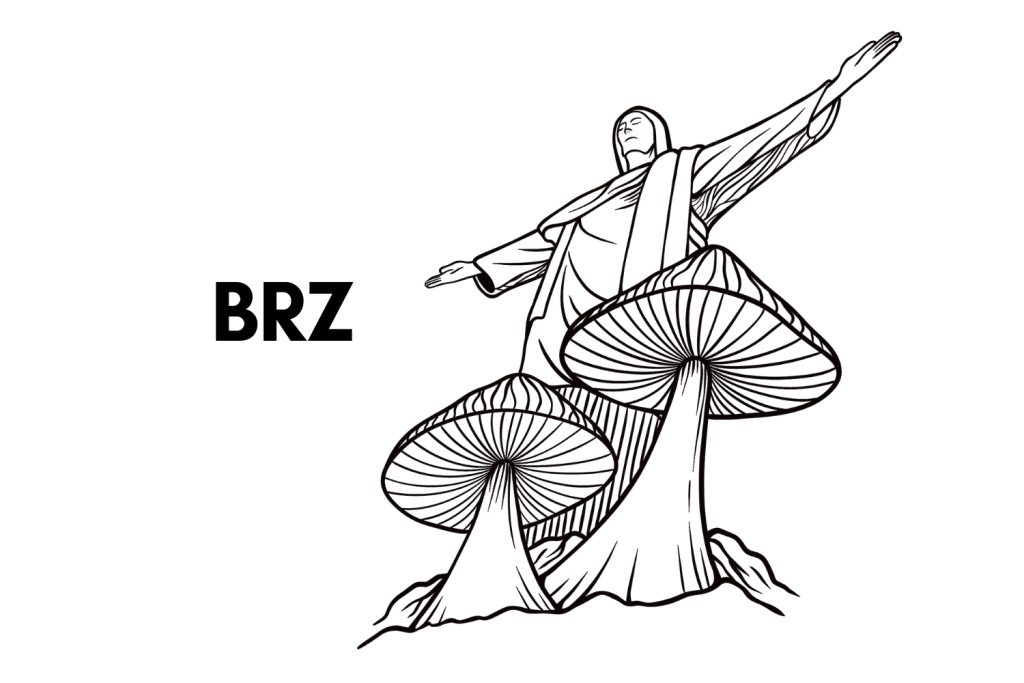
1. The Brazilian Strain
The Brazilian strain is famed for its aggressive mycelial growth and impressively large fruits. In their natural environment, these mushrooms can reach staggering heights of 45 centimeters (18 inches) or more. When cultivated in an artificial environment, the resulting mushrooms are often much smaller but still larger than the average cube.
This strain is approachable by beginners, and it can be grown quickly with little in the way of equipment. However, they do require constant misting because the fruiting bodies consume a lot of water to reach their mature size.
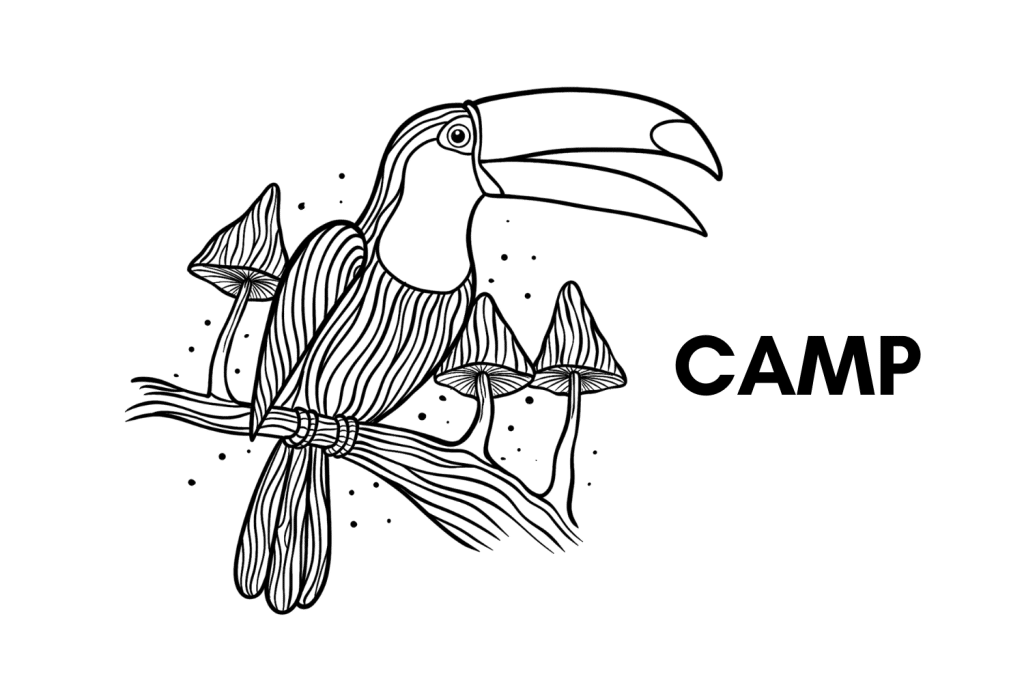
2. Campinas
The Campinas strain gets its name from the location the first sample was collected from — Campinas, São Paulo, Brazil. This is a rare strain that can be challenging to grow, but those willing to take on the challenge will be rewarded with shrooms of above-average potency.
Currently, the Campinas strain is a Ralphsters exclusive — it’s not possible to purchase spore samples from outside of the United States.
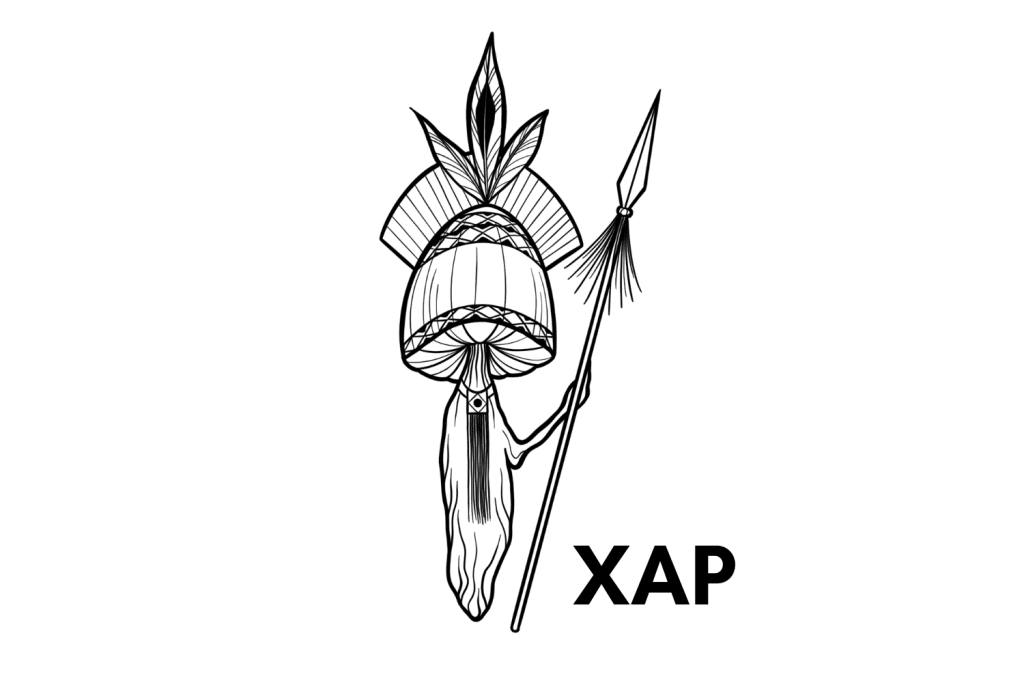
3. Xapuri
The original Xapuri strain was supposedly collected from the side of the BR317 (a highway stretching from Boca de Acre to Senador Guiomard in Brazil) back in 2009. Like many South American strains, Xapuri is renowned for producing impressively large fruits.
Through cultivation, it’s not uncommon for the mushrooms to topple under their own weight. This is something that the cultivator must keep an eye on — the mycelium cakes often need support to withstand the weight of these large shrooms.
Xapuri has above-average potency — producing somewhere in the range of 0.90% and 1.80% psilocybin.
How to Grow Corumba Mushrooms
Corumba mushrooms can be grown in the same way as other Psilocybe cubensis strains. This is a relatively easy strain to cultivate, even for beginners. It’s an aggressive colonizer, is relatively resistant to contamination, and is a prolific fruiter.
The only thing to consider with the Corumba strain — as well as other South American cubes — is humidity. These mushrooms require slightly higher humidity levels than other strains because the mushrooms swell through water absorption rather quickly. This can be achieved through regular misting of the fruiting chamber.
Although Corumba shrooms can be grown on pretty much any mushroom-growing substrate, the best results come on BRF (brown rice flour) cakes. These are made simply by combining two parts brown rice flour, two parts vermiculite, and one part water — the substrate is then sterilized and allowed to cool.
The easiest way to grow Psilocybe cubensis mushrooms is by using the PF-Tek cultivation method. If you want to learn how to grow magic mushrooms properly using this technique, have a read through our in-depth guide on cultivation.
For now, here’s a quick rundown of how it’s done:
1. Prepare The Growing Substrate
As mentioned, the Corumba strain does well on BRF cakes. To make these, place two parts brown rice flour, two parts vermiculite, and one part water in a bowl and mix well.
Then, fill a series of mason jars with the substrate making sure to leave around three centimeters (one inch) from the top of the jar.
Place the jar lids on upside down — this ensures they don’t become sealed shut during the sterilization process. With the lids on, seal the jars with tin foil.
Now you’ll need to sterilize the jars by placing them in a pressure cooker (half submerged in water) and running the cooker for 30 minutes once it’s up to temperature. After 30 minutes have passed, turn off the heat and allow the jars to cool inside the pressure cooker — this will take a few hours.
2. Inoculate The Substrate
The next step requires you to inoculate the substrate inside the jars with the spores. You must practice sterile procedures during this stage because any contaminants that enter the jars could outcompete the mycelial growth — deeming the jars useless.
Inoculation should be performed in a sealed room in an area that has been disinfected with isopropyl alcohol. Make sure you put on a freshly-cleaned set of clothes, a mask, and gloves.
Clean the jars and all apparatus with isopropyl alcohol and sterilize the needle on the spore syringe using heat from a lighter. Allow the needle to cool, and then carefully open one of the jars and inject two CCs of the spore liquid around two to three centimeters down into the substrate.
Once the jar is inoculated, seal the jar lid tight and cover it with tin foil. Repeat the process with all of your jars.
3. Incubating the Inoculated Substrate
Now the jars have been inoculated; they must be incubated for one to two weeks until the mycelium has completely colonized the substrate inside.
This can be done by simply placing the jars in a warm area such as a boiler room. However, the perfect conditions can be created by using an incubator.
A simple incubator can be made by taking two identical containers. The first container is filled with water (around 30% of the container’s volume), and an aquarium heater is placed inside. The second container goes inside the first, and the jars inside that.
The lid of the floating container can be sealed, and the incubator can be left for one to two weeks. Check on the jars every few days — you should start to see mycelium growing. The jars will be ready for the next step once the substrate is completely covered with mycelium.
4. Fruiting The Mycelium
Once the jars are colonized, the mycelium is ready for fruiting.
Take a clear container and drill some holes in the sides of it to promote airflow. Clean the container with isopropyl alcohol, allow it to dry, and then fill the bottom with around three centimeters (one inch) of perlite. Add distilled water to the perlite until moist but not soaking wet.
Place the mycelium cakes from the jars directly onto the perlite.
Leave the fruiting chamber in a warm area out of direct sunlight but not in complete darkness. Spray the inside walls of the chamber (not the cakes directly) every day or two to keep the humidity levels up.
After a few days, you should start to see pinheads (small mushrooms). Leave the baby shrooms to mature and harvest them just before they sporulate.
The mycelium cakes will continue to fruit in “flushes” over several weeks until the colonies eventually succumb to contamination and begin to mold.
Other Easy-to-Grow Psilocybe cubensis Strains
Corumba strain is super easy to grow because of its disease-resistance and rapid colonization times. But there are plenty of beginner-friendly strains to try if you’re just getting started too:
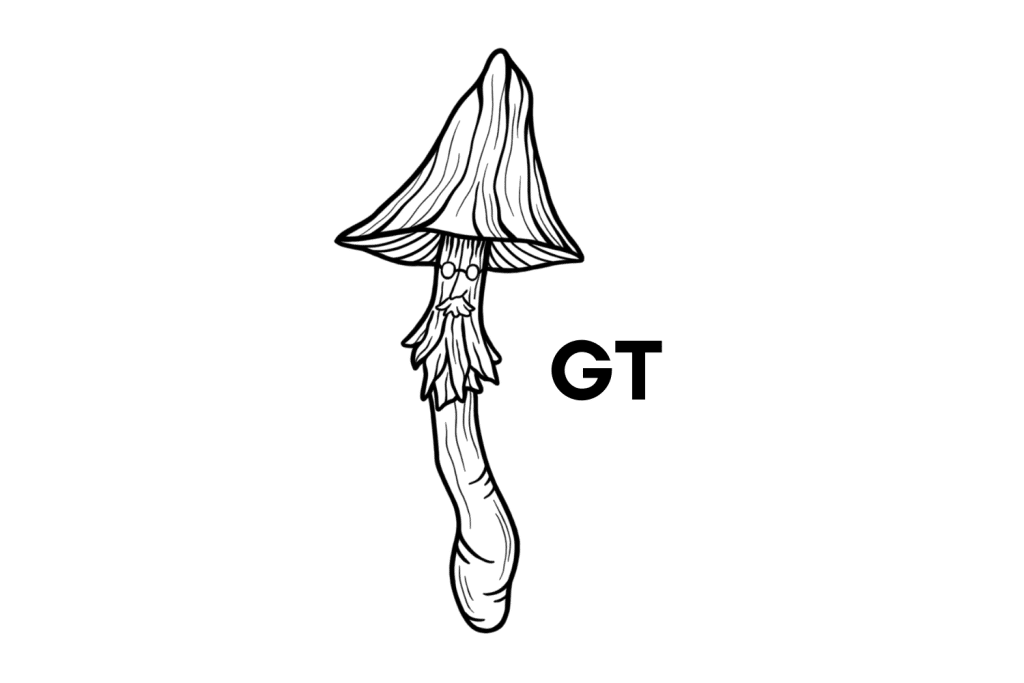
1. Golden Teacher
Golden Teacher is one of the most common Psilocybe cubensis strains on the market. It’s believed the first sample was collected from the Gulf region of the United States sometime during the early 1980s, and ever since the spores have been circulating the market.
This strain is famously well-rounded. It’s incredibly resistant to contamination, grows quickly, and is capable of producing multiple dense flushes.
Golden Teacher shrooms have average potency, with samples producing average psilocybin levels of around 0.66% and psilocin levels of 0.05%. Golden Teacher spores are very common and can be purchased from all the major spore vendors in the United States, Canada, and Europe.
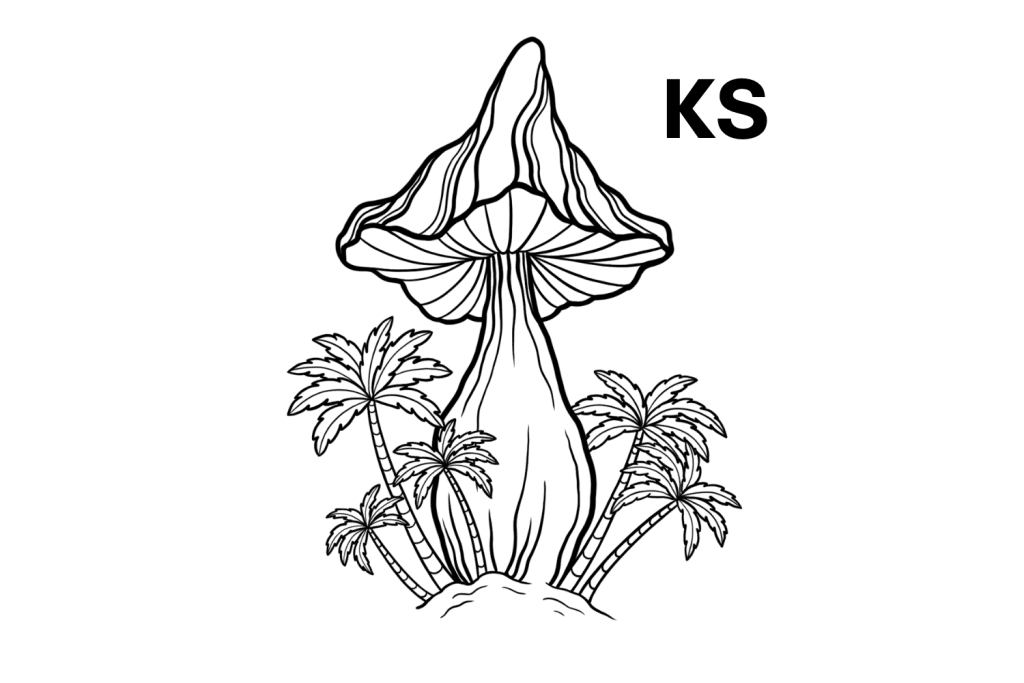
2. The Koh Samui Strain
The Koh Samui strain is a popular beginner strain for its ease of cultivation. Like most Southeast Asian strains, the Koh Samui strain is remarkably resistant to contamination. It’s capable of producing good yields over several healthy flushes before eventually succumbing to mold growth.
This strain was collected by the legendary John “Mushroom” Allen from the town of Hua Thanon on the island of Koh Samui in Thailand (hence the name). The strain is famous for producing fatasses — short mushrooms with fat stems.
The Koh Samui strain has average potency with average combined psilocybin and psilocin levels of around 0.75%. Spore samples are widely available from a variety of vendors across the globe.
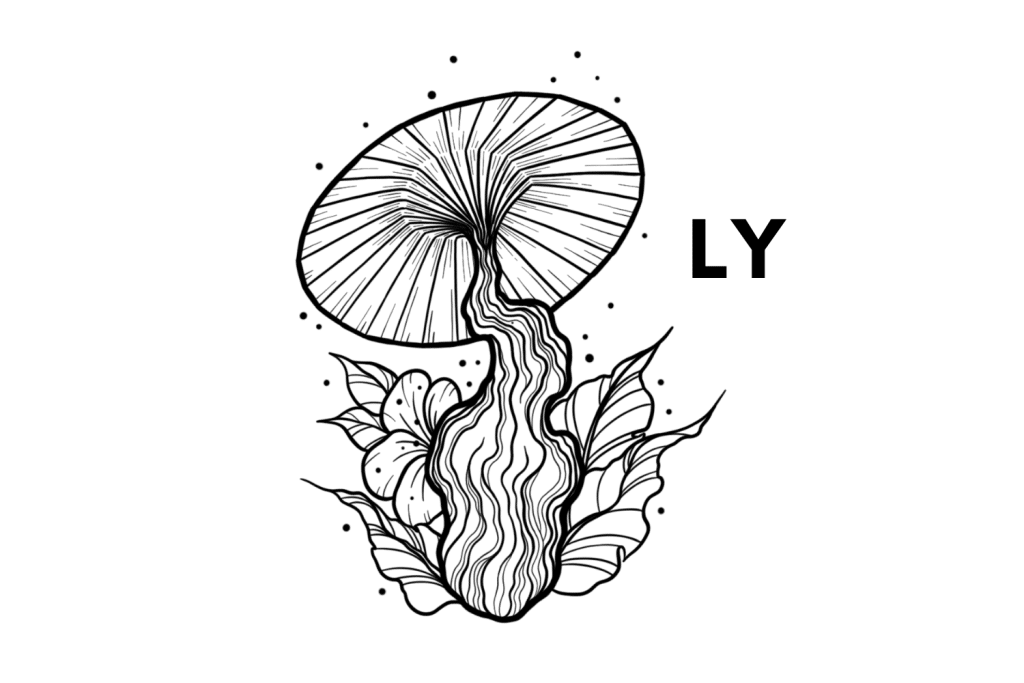
3. The Lipa Yai Strain
Another Southeast Asian strain originally collected by John Allen during his foraging travels through Thailand — the Lipa Yai strain is a great choice for beginners.
Lipa Yai shares several similarities with the Koh Samui strain and has all the same characteristics that make it a good beginner strain. However, it has one key difference — instead of producing “fatasses,” the mushrooms are tall and slender.
Potency is considered average, with typical psilocybin levels of 0.60% and psilocin levels of 0.05%. Lipa Yai spore samples are available from vendors in the United States, Canada, and Europe.
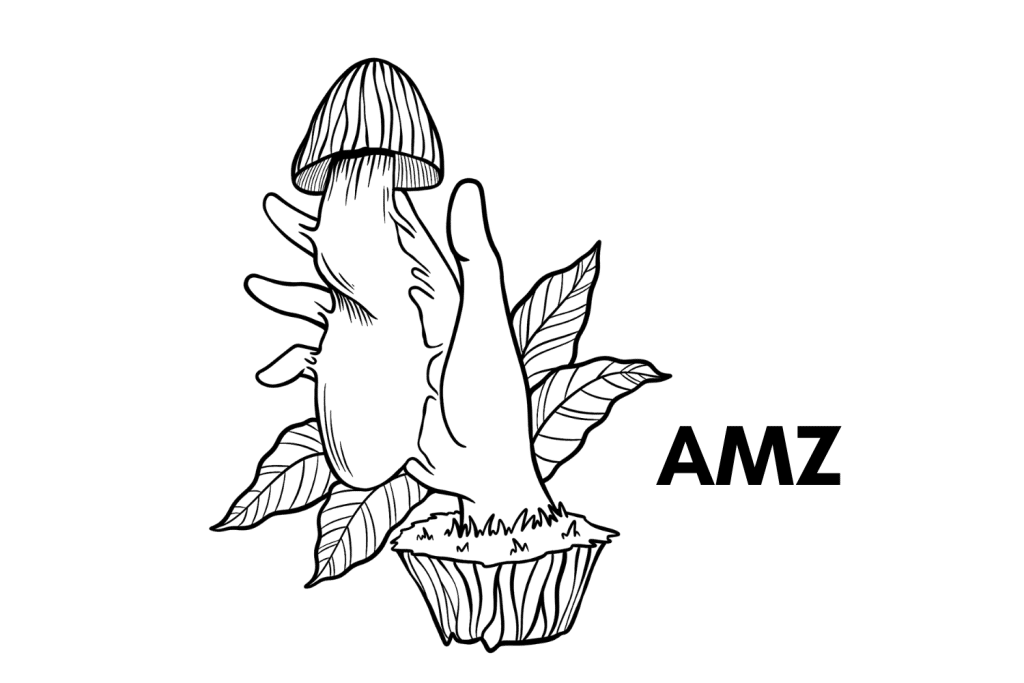
4. The Amazon Strain
The Amazon strain — originally sold as “PES Amazonia” — is a large P.cubensis strain that grows surprisingly quickly. It’s an aggressive colonizer, fast fruiter, and is resistant to contamination, making it a great beginner strain.
Although the fruiting bodies of the Amazon strain are incredibly large, they have hollow stems, which means the shrooms do shrink a lot after drying. Regardless, the strain grows quickly and is capable of producing impressive tryptamine levels.
Over the last four Oakland Hyphae Psilocybin Cups, several samples of the Amazon strain have been entered. The strongest sample produced over 1.85% total tryptamines, with the average sample producing 1.12% psilocybin and 0.20% psilocin.
Amazon strain spore samples are widely available from a variety of spore vendors across the globe.
Frequently Asked Questions
1. What’s The Largest Strain of Psilocybe cubensis?
The Orissa India strain has long been considered the largest P.cubensis mushroom variety. There have been reports of mushrooms reaching heights of over 35 centimeters (14 inches), but fruits of 20 to 25 centimeters (8 to 10 inches) are far more common.
The “record” for the largest cultivated mushroom is now held by the South American strain. The frequent Shroomery forum user “P.Menace” holds the title.
When grown in an artificial environment, South American mushrooms can easily reach heights of 35 centimeters (14 inches) with caps or 12 centimeters (5 inches) in diameter — often larger than this if grown in ideal conditions. Samples have been noted in the wild growing to heights of over 45 centimeters (18 inches).
2. Where Do Psilocybe cubensis Mushrooms Naturally Grow?
Psilocybe cubensis mushrooms grow naturally in various regions across the globe. It’s a tropical/subtropical species that thrives in warm, humid environments.
The mushrooms can be found growing predominantly in pastures grazed by livestock, grassy meadows, and open areas of uncultivated land. They can often be found growing directly on or near patches of manure. Some variants of the species are also known to grow in areas with decomposing plant material, straw, or wood.
Psilocybe cubensis mushrooms can be found growing wild in these countries:
- Argentina
- Australia
- Barbados
- Belize
- Bolivia
- Brazil
- Cambodia
- Colombia
- Costa Rica
- Cuba
- Dominican Republic
- Fiji
- French Guiana
- Guadalupe
- Guatemala
- Hawaii
- India
- Jamaica
- Malaysia
- Martinique
- Mexico
- Nepal
- New Zealand
- Paraguay
- Peru
- Southeastern United States Gulf Coast states
- Tasmania
- Thailand
- Trinidad
- Uruguay
- Vietnam
The species likely grows in other countries that are not on the list above but are yet to be officially documented. There are reports of P.cubensis mushrooms growing in some Southern European countries as well. The spores have likely reached Europe through livestock trading or keen magic mushroom cultivators that want to spread the species throughout the countryside.
3. How Many Strains of P.cubensis Are There?
There are over 100 different strains of Psilocybe cubensis, and the list is growing all the time. Many of these strains have been collected from the wild or created through cross-cultivation and are distributed through online “spore vendors.”
Psilocybe cubensis is the most common magic mushroom species on the planet. It grows in several countries across the globe and is an incredibly resilient species. Because of these factors, it’s a favorite among psychedelic mushroom cultivators.
This species has been collected from all over the world. The samples, many of which have different characteristic traits, have been “domesticated” through isolation, cultivation, and spore extraction. These spores are then sold through vendors as different strains of P.cubensis — for example, the Corumba, Hanoi, Peruvian, and Wollongong strains.
Many strains have also been created through genetic manipulation. P.cubensis shrooms with differences in characteristics are combined to create new strains with traits from both variants. A good example of this is the White Rabbit strain — a strain that was created through the cross-cultivation of the Moby Dick and Albino Penis Envy strains.

